详细说明
Purity
>95%, by SDS-PAGE under reducing conditions and visualized by silver stain.
Endotoxin Level
<0.10 EU per 1 μg of the protein by the LAL method.
Activity
Measured by its binding ability in a functional ELISA. When Mouse Laminin I (Catalog # ) is coated at 10 μg/mL, Recombinant Mouse Integrin alpha 10 beta 1 binds with an apparent K d <10 nM.
Source
Chinese Hamster Ovary cell line, CHO-derived
Mouse Integrin alpha 10
Phe23-Thr1118 (Lys ins between Gln858 and Ala859)
Accession # NP_001289400.1His-Pro GGGSGGGS Acidic Tail HHHHHH Mouse Integrin beta 1
(Gln21-Asp728)
Accession # P09055His-Pro GGGSGGGS Basic Tail N-terminus C-terminus Accession #
N-terminal Sequence
AnalysisPhe23 (Integrin alpha 10) & Gln21 predicted: No results obtained, sequencing might be blocked (Integrin beta 1)
Structure / Form
Noncovalently-linked heterodimer
Predicted Molecular Mass
129.2 kDa (Integrin alpha 10) & 86.5 kDa (Integrin beta 1)
SDS-PAGE
125-140 kDa & 155-170 kDa, reducing conditions
7827-AB |
| |
Formulation Lyophilized from a 0.2 μm filtered solution in PBS. | ||
Reconstitution Reconstitute at 300 μg/mL in PBS. | ||
Shipping The product is shipped at ambient temperature. Upon receipt, store it immediately at the temperature recommended below. | ||
Stability & Storage: Use a manual defrost freezer and avoid repeated freeze-thaw cycles.
|
Background: Integrin alpha 10 beta 1
Integrin alpha 10 beta 1 is one of twelve integrin family adhesion receptors that share the beta 1 subunit (1‑3). The non‑covalent heterodimer of 160 kDa alpha 11 and 130 kDa beta 1/CD29 type I transmembrane glycoprotein subunits is expressed mainly on chondrocytes within cartilage, but also in fibrous connective tissues such as heart valves and ligaments (3, 4). The alpha 10 extracellular domain (ECD) contains an I (inserted) domain which includes the ligand binding site (2, 3, 5). The beta 1 ECD contains a vWFA domain, which participates in binding. Each subunit then has a transmembrane sequence and a short cytoplasmic tail. The dimer is folded when it is least active. Divalent cations and intracellular (inside‑out) signaling convert it to its most active, extended and open conformation (1, 2). The 1100 amino acid (aa) mouse alpha 10 extracellular domain (ECD) shares 96% aa sequence identity with rat and 88‑89% with human, rabbit, porcine, canine and bovine alpha 10, while the 708 aa mouse beta 1 ECD shares 98% aa identity with rat and 93‑94% with human, bovine, porcine, ovine, canine and feline beta 1. A potential mouse alpha 10 splice variant diverges at aa 1039 and is terminated prematurely. If translated, this variant would result in a secreted protein (6). I domain‑containing beta 1 integrins alpha 1 beta 1, alpha 2 beta 1, alpha 10 beta 1 and alpha 11 beta 1 all bind collagens; all but alpha 11 beta 1 also bind laminins (5, 7, 8). During cartilage differentiation, alpha 10 beta 1 is thought to be the main integrin binding type II and IX cartilage collagens (3‑5, 7‑10). However, deletion of mouse alpha 10 causes a mild phenotype including slightly shortened bones and narrowed hypertrophic zones, indicating that another collagen‑binding integrin, likely alpha 2 beta 1, may compensate for alpha 10 beta 1 functions (11). Migration of melanoma cells has been noted to correlate with alpha 10 beta 1 expression (12).
References:
Takada, Y. et al. (2007) Genome Biol. 8:215.
Luo, B-H. et al. (2007) Annu. Rev. Immunol. 25:619.
Camper, L. et al. (1998) J. Biol. Chem. 273:20383.
Camper, L. et al. (2001) Cell Tiss. Res. 306:107.
Tulla, M. et al. (2001) J. Biol. Chem. 276:48206.
Bengtsson, T. et al. (2001) Matrix Biol. 20:565.
McCall-Culbreath, K.D. and M.M. Zutter (2008) Curr. Drug Targets 9:139.
Popova, S.N. et al. (2007) Acta Physiol. 190:179.
Varas, L. et al. (2007) Stem Cells Dev. 16:965.
Gigout, A. et al. (2008) J. Biol. Chem. 283:31522.
Bengtsson, T. et al. (2004) J. Cell Sci. 118:939.
Wenke, A.K. et al. (2007) Cell Oncol. 29:373.
Alternate Names:
Integrin alpha 10 beta 1







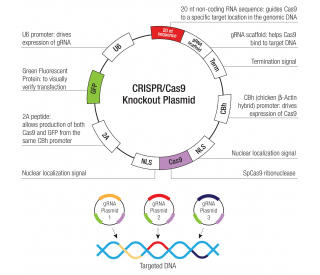
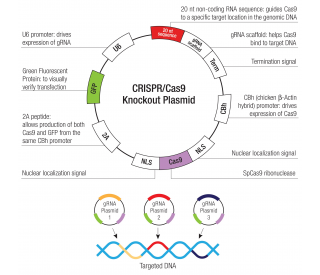
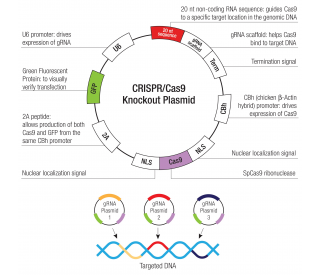
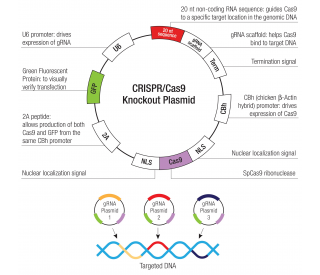
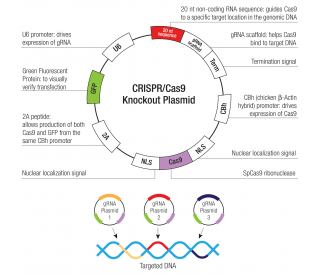
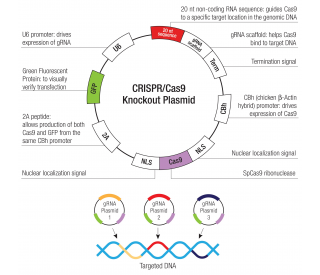



 粤公网安备44196802000105号
粤公网安备44196802000105号